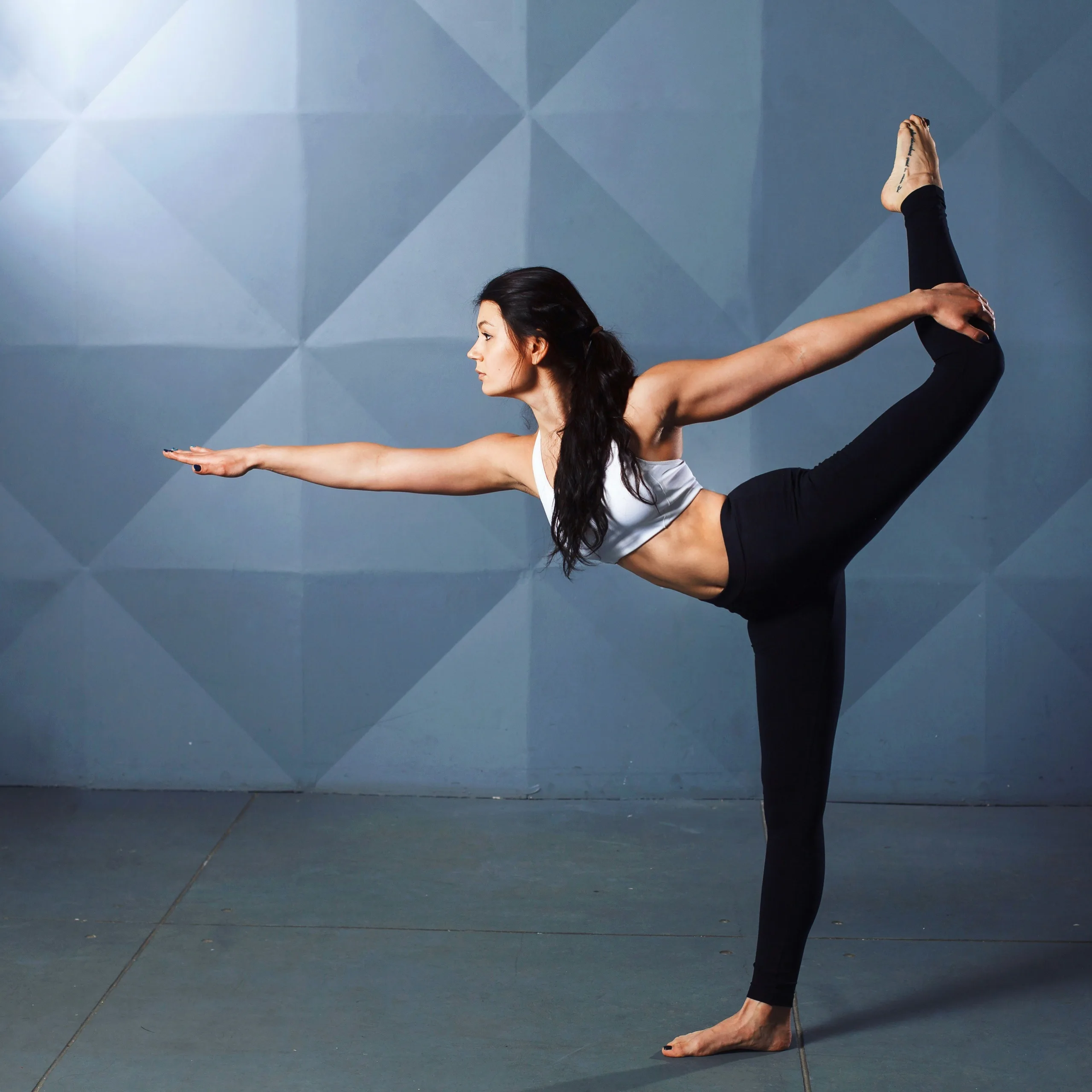Introduction to Full-Body Workouts
Full-body workouts have garnered substantial attention for their efficiency and effectiveness, especially among women aiming to enhance their overall fitness. These workouts are designed to engage multiple muscle groups within a single session, making them an ideal choice for building strength and improving cardiovascular health. Unlike split routines, which isolate specific muscle groups on different days, full-body workouts ensure a comprehensive approach, promoting balanced muscle development and reducing the risk of overtraining.
One of the primary advantages of full-body workouts is their time efficiency. For women with demanding schedules, these routines offer the flexibility to achieve significant fitness gains without necessitating long hours in the gym. A well-structured full-body workout can be completed in as little as 30 to 45 minutes, making it easier to integrate into busy lifestyles. This approach not only saves time but also maximizes the benefits of each exercise, ensuring that every minute spent working out is utilized effectively.
Moreover, full-body workouts are highly adaptable, catering to women of all fitness levels. Whether you are a beginner just starting your fitness journey or an experienced athlete, these routines can be tailored to meet your specific needs and goals. By incorporating a mix of strength training, cardiovascular exercises, and flexibility work, full-body workouts provide a holistic approach to fitness that supports overall health and well-being.
In addition to physical benefits, full-body workouts can also have a positive impact on mental health. Regular exercise is known to reduce stress, enhance mood, and improve sleep quality. By engaging in full-body routines, women can experience these mental health benefits while working towards their fitness goals.
Essential Warm-Up Exercises
Warming up is a crucial component of any effective workout routine, especially in a full-body workout for women. A proper warm-up prepares the body for the physical demands of exercise, reducing the risk of injury and enhancing overall performance. A well-structured warm-up should include dynamic stretching and low-intensity cardio exercises, which are essential for loosening tight muscles and increasing blood flow.
Dynamic stretching involves active movements that stretch the muscles without holding a position for too long. This type of stretching improves flexibility and range of motion, making it an excellent choice for a warm-up. Some effective dynamic stretches include leg swings, arm circles, and walking lunges. Leg swings, for instance, help to mobilize the hip joints and activate the leg muscles, while arm circles are great for warming up the shoulder joints and upper body muscles.
In addition to dynamic stretching, incorporating low-intensity cardio exercises is also vital. These activities elevate the heart rate gradually, ensuring that the cardiovascular system is ready for more strenuous activities. Examples of low-intensity cardio exercises include brisk walking, light jogging, and jumping jacks. Brisk walking or light jogging for five to ten minutes can significantly increase blood circulation, delivering more oxygen to the muscles and thereby improving performance during the actual workout.
The benefits of warming up extend beyond just physical readiness. Mentally, it helps to prepare for the workout ahead, setting a focused and determined mindset. Additionally, a good warm-up can lead to better muscle coordination and improved overall exercise execution. By investing just 10-15 minutes in a thorough warm-up, one can significantly enhance the effectiveness of the full-body workout and minimize the likelihood of strains, sprains, and other injuries.
Comprehensive Full-Body Workout Plan
In creating an effective full-body workout routine tailored for women, it’s essential to target all major muscle groups, including the legs, back, chest, shoulders, and core. The following plan is designed to balance strength training with cardiovascular benefits, promoting holistic fitness. Here is a step-by-step guide to a comprehensive full-body workout:
Warm-Up
Begin with a 5-10 minute warm-up to prepare your body for exercise. This can include light cardio such as jogging, jumping jacks, or dynamic stretches.
Legs
Squats: 3 sets of 12-15 repetitions. Ensure your feet are shoulder-width apart, and focus on keeping your back straight and knees aligned with your toes.
Lunges: 3 sets of 10-12 repetitions per leg. Maintain a straight posture and ensure your front knee does not extend beyond your toes.
Back
Deadlifts: 3 sets of 10-12 repetitions. Keep your back neutral and hinge at the hips, lifting with your legs and glutes.
Lat Pulldowns: 3 sets of 12-15 repetitions. Use a wide grip and focus on engaging your back muscles while pulling the bar down to your chest.
Chest
Push-Ups: 3 sets of 10-15 repetitions. Modify by performing on your knees if needed, aiming to maintain a straight line from head to knees/feet.
Dumbbell Bench Press: 3 sets of 10-12 repetitions. Keep your feet flat on the floor and lower the weights slowly to maximize muscle engagement.
Shoulders
Shoulder Press: 3 sets of 10-12 repetitions. Use dumbbells or a barbell, pressing overhead while keeping your core tight.
Lateral Raises: 3 sets of 12-15 repetitions. Lift the weights to shoulder height, maintaining a slight bend in your elbows.
Core
Plank: 3 sets of 30-60 seconds. Keep your body in a straight line, engaging your core throughout.
Bicycle Crunches: 3 sets of 20 repetitions per side. Focus on using your abdominal muscles to drive the movement rather than pulling on your neck.
Cool Down
Finish with a 5-10 minute cool down, including static stretches targeting all the major muscle groups used during the workout.
Proper form and technique are crucial to preventing injuries and maximizing the effectiveness of each exercise. Adjust the number of sets and repetitions based on your fitness level, and gradually increase intensity as you build strength and endurance. This comprehensive full-body workout routine can help women achieve balanced muscle development and overall fitness.
Cool-Down and Recovery Tips
Cooling down after a workout is a crucial step in any full-body workout routine, helping to gradually lower your heart rate and prevent muscle stiffness. Effective cool-down exercises include gentle stretches and low-intensity activities such as walking or slow cycling. For instance, stretching your hamstrings, quadriceps, and calves can help reduce muscle tension and enhance flexibility. Incorporating yoga poses like the child’s pose or downward-facing dog can also be beneficial for overall relaxation and muscle recovery.
Recovery is an integral component of a fitness regimen, just as important as the workout itself. Adequate rest allows muscles to repair and grow stronger, reducing the risk of injury. Aim for at least 7-9 hours of sleep per night to support muscle recovery and overall well-being. Nutrition plays an equally vital role; consuming a balanced diet rich in protein, healthy fats, and carbohydrates can replenish energy stores and facilitate muscle repair. Hydration is crucial, especially after an intense workout, so make sure to drink plenty of water throughout the day to stay hydrated and support metabolic functions.
Listening to your body is essential to avoid overtraining, which can lead to burnout and injuries. Pay attention to warning signs such as persistent muscle soreness, fatigue, and decreased performance. If you experience these symptoms, consider taking a rest day or engaging in light activities like walking or stretching. Incorporating rest days into your weekly routine can help prevent overtraining and promote long-term fitness success.
By integrating these cool-down and recovery tips into your workout regimen, you’ll not only enhance your performance but also ensure that your body remains healthy and resilient. Remember, a well-rounded approach to fitness includes not just the exercise itself, but also the necessary steps to recover and rejuvenate.








